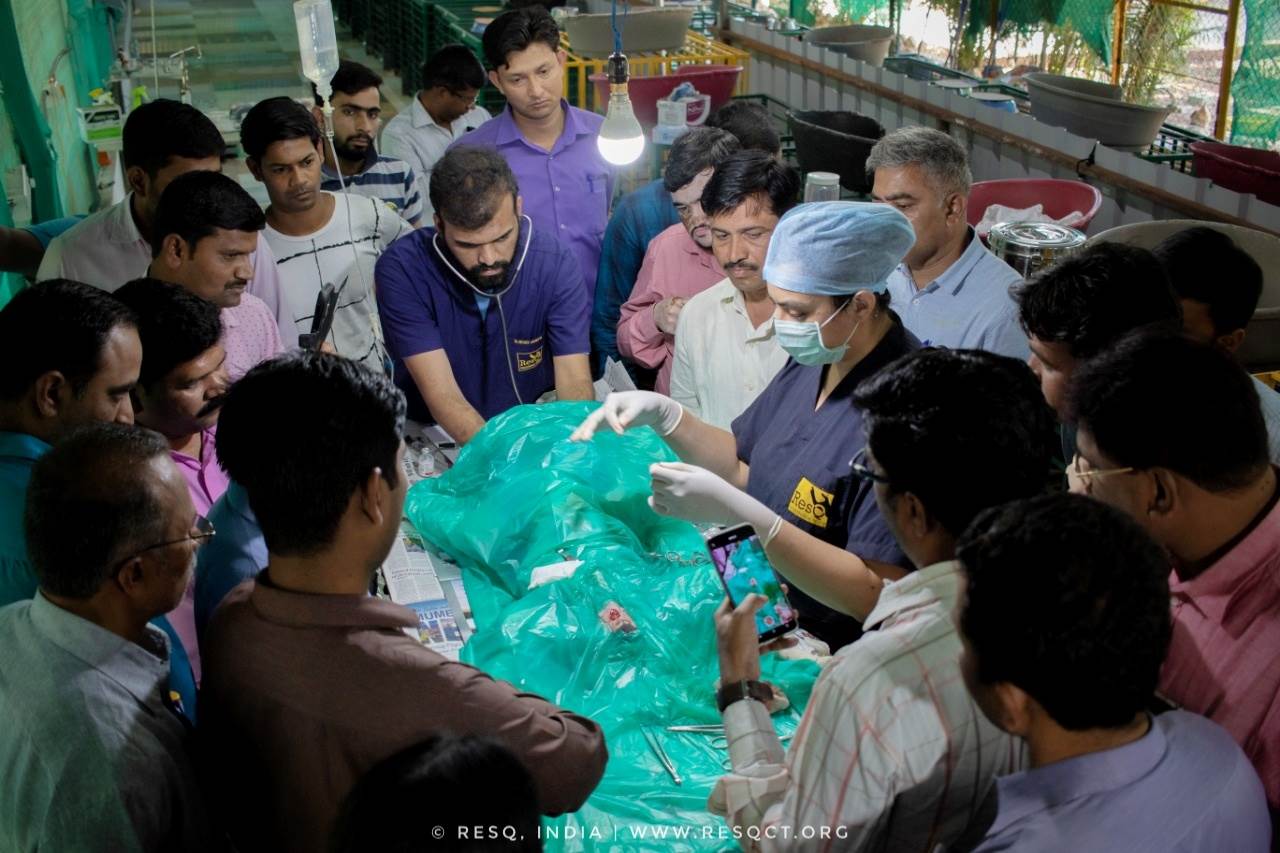Sterilising your pet is more of a necessity than a choice owing to the multiple ways your dear pet can benefit from it. An extremely safe and common procedure, sterilisation does require you to bear a few things in mind that will help you assess its why’s, how’s and when’s! It is one of the most important decisions you as a pet parent can make for your pet’s optimal health. Here’s all you need to know about sterilising, more so if you are a first-time pet parent!
Getting the Basics Right!
Sterilisation, in essence, is the surgery to make an animal unable to produce offspring. There are three terms you must know of, talking about sterilisation:
Spaying: sterilisation of a female pet by removal of the ovaries
Castration: sterilising of a male pet by removal of the testicles
Neuter: A synonym for sterilisation, applicable to both male and female pets
Why Should You Sterilise Your Pet?
Broadly speaking, sterilisation can lead to a much healthier life for your beloved pet. And it isn’t just your pet who benefits from it all -- sterilisation plays an important role in keeping your pet calm, composed and healthy. Sounds great, right? Here’s a complete breakdown of reasons on why you should sterilise your pet:
Controlling Stray Animal Population

One of the Many Setbacks of Non-sterilisation
More often than not, a sexually aroused dog simply wants to mate, regardless of whether it is another pet or a stray animal! For all you know, you may be walking your dog and he gets aroused by another dog that could be a stray. Dogs have even been known to run and chase out their mating interest, sometimes leaving you with little to no control. This will not only leave your pet dog at risk of infections but also contribute to the increasing stray population. Another point to be raised here is that of free-roaming unneutered pets that can account to an increase in the stray population, simply due to the irresponsibility of some pet owners.
Heating comes with its share of problems that can stress your pet dog. Like humans, dogs too bleed while in heat which requires special care and attention. Adding to that, increased urination, nervousness, distraction, and uncomfortable alertness can drain your pet dog of her energy.
Curbing the Sense of Pseudo-Pregnancy
Pseudo-pregnancy is the condition of a dog feeling ‘like’ she is pregnant when she is not. This sense particularly prevails during the breeding season. The feeling of discomfort in your pet is one thing that is absolutely certain about pseudo-pregnancy, and one that can be easily avoided if she has been spayed.
Reduced Risk of Contact with Other Animals

A Case of TVT in a Reported Dog
An unsterilised pet is prone to a rush of hormones in his or her body, often resulting in sexual arousal that may lead to irksome incidents like humping things, crotch sniffing (sorry, guests!) and even chasing other dogs -- particularly, dogs in heat. Chasing other dogs involves a greater risk like that of acquiring a Transmissible Venereal Tumour (also known as TVT), which is an STD for canines! An unsterilised pet is extremely capable of chasing other dogs to mate, increasing their chances of injury too.
Prevention of Tumours and Cancers
In Females: Unspayed female pets are vulnerable to a host of poor health conditions -- mammary tumours being one of them. Benign and malignant tumours of the mammary gland are frequent in unspayed female dogs. If you have a female cat, the lack of spaying can leave your feline friend susceptible to uterine infections and breast cancer, which have been observed to be fatal in as many as 90% of cats!
Getting your female pet spayed before her first heat reduces the chances of a mammary tumour to 0 %, before second heat to 23% and beyond third heat is as bad as not getting her spayed. Thus, the sooner the better! Having said that, if a complete hysterectomy (a surgical operation to remove the uterus) is done, the chances of cancer are completely nullified as there is no uterus.
In Males: Male dogs can get prostate cancer. Formation of semen and the lack of its outlet can stress their testicles and thus lead to your pet dog being in pain. 90% of cancer cases in male dogs are accounted for by testicular tumours.
Sterilisation reduces their risk to a complete 0% as the testicles (the subject of cancer) are removed in the process.
Calming Down Aggressive Behaviour
As per practical observation, sterilisation can also be soothing to some aggressive pets. Unsterilised pets often illustrate extreme territorial behaviour by acts like urinating around the house. Dogs are territorial by nature, but extreme behaviour is always concerning.
How To Sterilise Your Pet?

A Castration Demo in Progress
A qualified vet is the best person to get your pet sterilised from. There are various procedures that can sterilise your pet depending on his or her current medical condition. After careful examination, your vet can determine the kind of surgery required. For instance, pan ovariohysterectomy is the most common surgery undertaken by vets. Some pet owners opt to remove only some parts of the tract which can actually lead to future complications like hormonal imbalance. Vets recommend full removal of the tract over partial. Before you come to a decision about removal of the tract, an extremely crucial step is to get a complete medical check-up of your pet to ensure she can endure the effects of anaesthesia. This is in order to prevent any jeopardy as surgery will require your pet to be anaesthetised.
When To Sterilise Your Pet?
As can be gathered from above, female dogs particularly are subject to the ‘When’ of sterilisation. While it is best to get your female pet sterilised before her first heat, regardless of gender, a pet (cat or dog) aged between 5 to 6 months is fit for sterilisation, which means pet parents need not necessarily wait until the first heat.

A Sterilised Pet Is a Happy Pet!
Having read the above, you are now well aware of sterilising your pet and its advantages. In more ways than one, sterilisation does contribute to the community as well as towards the goodness of your pet’s life -- a healthy, happy quality of life that both pet and parent deserve!